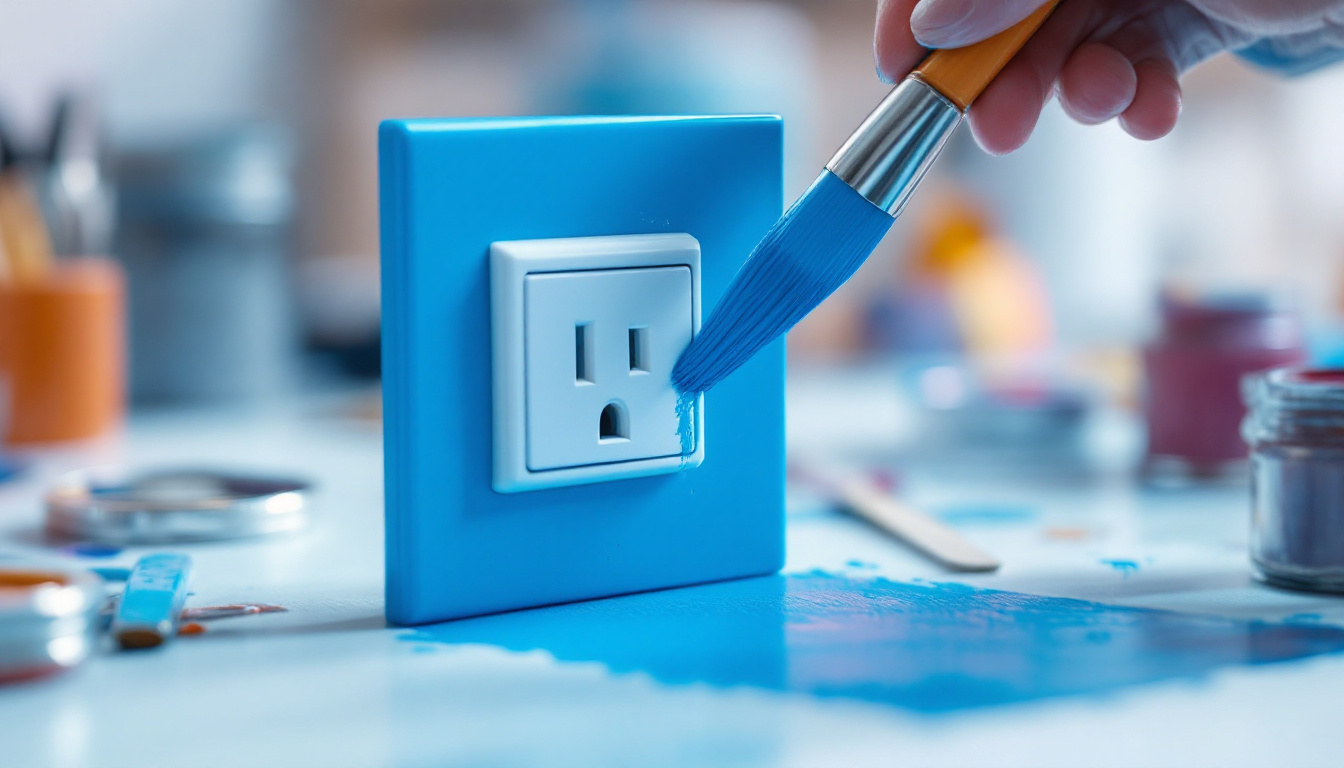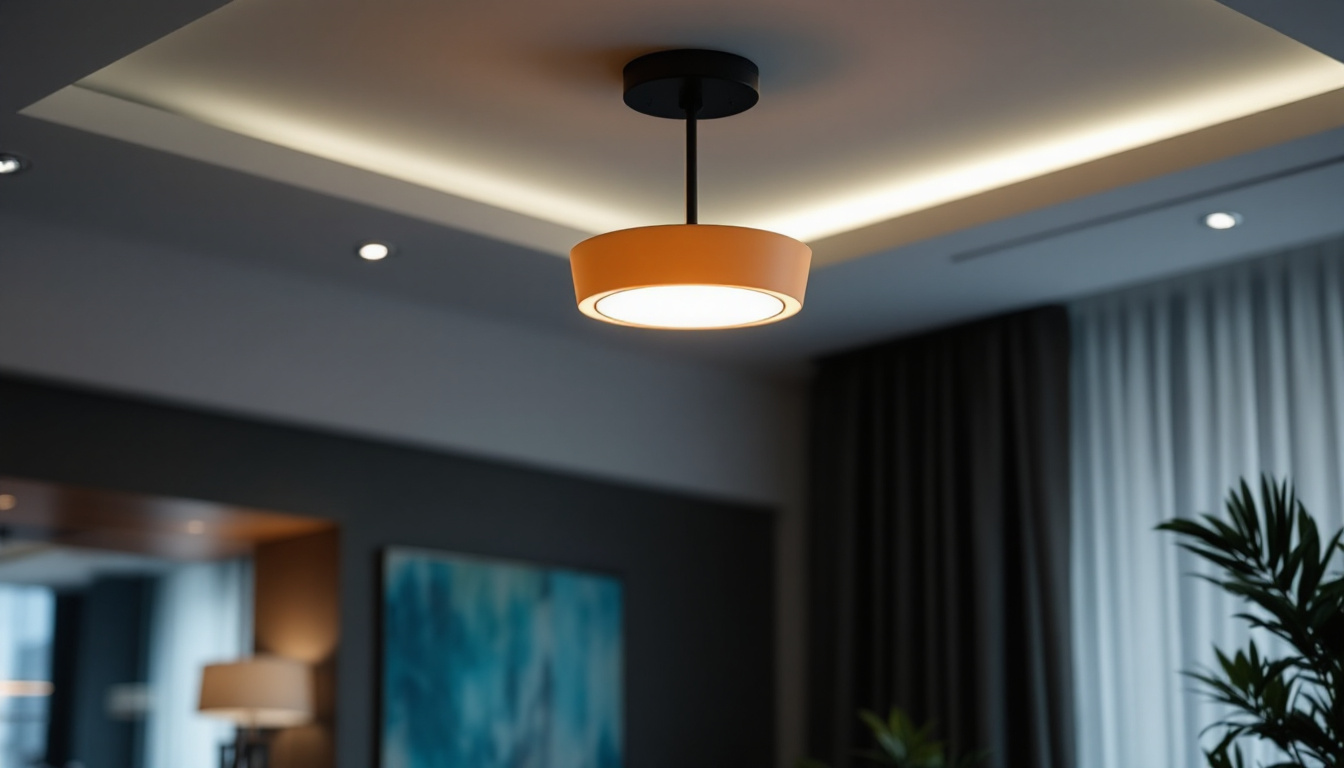
In recent years, LED lighting has revolutionized the way we illuminate our homes, businesses, and public spaces. This technology has not only transformed the lighting industry but has also opened new avenues for lighting contractors. Understanding the evolution of LED lights and their benefits can significantly enhance a contractor’s business strategy and customer satisfaction.
The journey of LED lighting began with the development of light-emitting diodes, which were initially used in limited applications. Over time, advancements in technology have led to the creation of brighter, more efficient, and versatile LED lights. Today, these lights are widely used in residential, commercial, and industrial settings.
The concept of LED technology originated from the desire to create a more energy-efficient lighting solution. Early versions of LEDs were primarily red and used for indicators and displays. However, as research progressed, the spectrum of colors expanded, leading to the development of white LEDs, which are now the most common form of lighting.
This transition from a niche product to a mainstream lighting solution has been pivotal. As the manufacturing processes improved and costs decreased, LED lights became accessible to a broader audience, allowing contractors to offer these innovative solutions to their clients. The ability to produce LEDs in various colors and intensities has also opened up new avenues for creative design in architecture and interior spaces, making lighting a key element in aesthetics and functionality.
Throughout the years, several breakthroughs have shaped the LED landscape. Innovations in materials and semiconductor technology have enhanced the brightness and efficiency of LEDs. Additionally, the introduction of smart lighting systems has allowed for greater control and customization, appealing to modern consumers who prioritize convenience and sustainability.
These milestones have not only improved the performance of LED lights but have also increased their adoption in various sectors, creating a vast market for lighting contractors to explore. The integration of LEDs into smart home ecosystems has revolutionized how we interact with lighting, enabling features such as remote control through smartphones and automation based on user habits. Furthermore, the environmental benefits of LEDs, which consume significantly less power and have longer lifespans compared to traditional incandescent bulbs, have made them a preferred choice for eco-conscious consumers and businesses alike. As cities around the world embrace LED street lighting, they are not only reducing energy costs but also enhancing public safety through improved visibility and reduced light pollution.
Lighting contractors must understand the advantages of LED lighting to effectively promote these products to their clients. The benefits extend beyond mere aesthetics; they encompass energy efficiency, longevity, and environmental impact.
One of the most significant advantages of LED lights is their energy efficiency. Compared to traditional incandescent and fluorescent bulbs, LEDs consume significantly less electricity to produce the same amount of light. This efficiency translates to lower energy bills for consumers, making it an attractive selling point for contractors.
Moreover, the reduced energy consumption contributes to a smaller carbon footprint, aligning with the growing consumer demand for sustainable solutions. By offering LED lighting options, contractors can position themselves as environmentally responsible businesses. Furthermore, many utility companies offer rebates and incentives for switching to LED lighting, providing an additional financial benefit for clients. This not only enhances the appeal of LED products but also encourages more widespread adoption, driving the market for energy-efficient solutions.
LED lights are known for their impressive lifespan, often lasting up to 25 times longer than traditional bulbs. This longevity reduces the frequency of replacements, saving both time and money for clients. For contractors, this means fewer service calls for bulb replacements, allowing them to focus on other projects.
Additionally, LEDs are more durable than their counterparts. They are resistant to shock, vibration, and temperature extremes, making them suitable for various applications, including outdoor and industrial settings. This durability can be a strong selling point when discussing options with potential clients. Beyond their physical resilience, LEDs also maintain their brightness over time, unlike traditional bulbs that tend to dim as they age. This consistent performance ensures that clients receive reliable lighting solutions that meet their needs without unexpected failures, further enhancing the value proposition for contractors promoting LED technology.
For lighting contractors, incorporating LED lighting solutions into their offerings can lead to significant business growth. Understanding the market trends and consumer preferences is essential for capitalizing on the advantages of LED technology.
By integrating LED lighting into their service offerings, contractors can cater to a wider range of clients. Residential customers may seek energy-efficient solutions for their homes, while commercial clients often look for ways to reduce operational costs. Offering LED options allows contractors to meet diverse needs and attract a broader clientele.
Furthermore, contractors can provide specialized services such as lighting design and installation tailored to the unique requirements of LED technology. This expertise can set a contractor apart from competitors and establish them as a trusted authority in the field. Additionally, contractors can explore partnerships with local businesses and organizations, creating bundled service packages that include LED lighting along with other energy-efficient upgrades, such as smart home systems or solar panel installations. This not only enhances their service portfolio but also positions them as a one-stop solution for clients looking to modernize their spaces sustainably.
In an increasingly competitive market, effective marketing strategies are crucial for business growth. Highlighting the benefits of LED lighting in marketing materials can attract environmentally conscious consumers. Social media platforms, websites, and local advertising can be utilized to showcase successful projects that feature LED installations.
Additionally, contractors can leverage customer testimonials and case studies to build credibility. Demonstrating the positive impact of LED lighting on energy savings and overall satisfaction can resonate with potential clients, encouraging them to choose your services over others. Moreover, hosting workshops or informational webinars on the advantages of LED technology can further engage the community and position the contractor as a thought leader. By educating potential customers about the long-term benefits of LED lighting, including reduced maintenance costs and improved lighting quality, contractors can foster trust and encourage informed decision-making among their audience.
While the benefits of LED lighting are substantial, contractors must also be aware of the challenges associated with this technology. Understanding these challenges can help contractors navigate potential pitfalls and enhance their service delivery.
One of the primary challenges faced by contractors is the initial cost of LED lighting products. Although the long-term savings on energy bills and maintenance costs are significant, some clients may be hesitant to invest upfront. Contractors must be prepared to educate clients on the return on investment (ROI) associated with LED lighting.
Providing detailed cost analyses and comparisons with traditional lighting options can help clients see the value in making the switch. Offering financing options or incentives can also alleviate concerns about the initial investment. Moreover, contractors can highlight case studies or testimonials from previous clients who have experienced substantial savings and improved lighting quality, reinforcing the benefits of LED technology. By sharing real-world examples, contractors can build trust and confidence in their recommendations.
The rapid pace of technological advancements in LED lighting can pose a challenge for contractors. Staying updated with the latest developments is essential for providing clients with the best solutions. Contractors should invest in ongoing education and training to ensure they are knowledgeable about new products and installation techniques.
Additionally, being aware of industry trends can help contractors anticipate changes in consumer preferences and adjust their offerings accordingly. This proactive approach can enhance a contractor’s reputation and position them as a leader in the field. Networking with manufacturers and attending industry conferences can also provide valuable insights into emerging technologies, allowing contractors to stay ahead of the curve. Furthermore, understanding the compatibility of LED systems with smart home technologies can open new avenues for contractors to offer integrated solutions that appeal to tech-savvy clients, ultimately expanding their service portfolio and attracting a broader customer base.
The evolution of LED lighting has transformed the landscape of the lighting industry, offering numerous advantages for both consumers and contractors. By understanding the history, benefits, and challenges associated with LED technology, lighting contractors can effectively boost their business and provide valuable solutions to their clients.
As the demand for energy-efficient and sustainable lighting solutions continues to grow, contractors who embrace LED technology will be well-positioned to thrive in this competitive market. By expanding service offerings, implementing effective marketing strategies, and staying informed about industry trends, lighting contractors can enhance their business and contribute to a more sustainable future.
In summary, the journey of LED lights is not just a story of technological advancement; it is a narrative that lighting contractors can leverage to build successful businesses. Embracing this change will not only benefit individual contractors but will also contribute to a broader movement towards energy efficiency and sustainability in the lighting industry.
Ready to elevate your lighting game and give your clients the energy-efficient, sustainable solutions they demand? Look no further than LumenWholesale for all your LED lighting needs. We provide contractors with the highest quality, spec-grade lighting products at prices that can’t be beaten. Say goodbye to local distributor markups and hello to our unbeatable wholesale rates, backed by free shipping for hassle-free bulk purchases. Don’t compromise on quality or cost—choose LumenWholesale for the perfect combination of performance, affordability, and convenience. Wholesale Lighting at the Best Value is just a click away. Enhance your business today!

Discover how tiny painted electrical outlets can transform your lighting business.

Explore the pros and cons of LED tubes versus alternative lighting options in this insightful guide for contractors.

Discover essential resources and expert tips from top lighting contractors to master the art of ceiling mounted fixtures.

Discover how automatic hand dryers contribute to safer lighting installations by reducing electrical hazards and promoting hygiene.